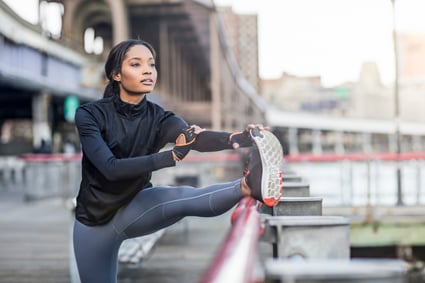 I am often asked what is a good warm-up routine, and my answer typically consists of, “it depends.” A warm-up is typically done at the beginning of a training session and involves low-intensity movements to help get your body ready. The reason I tend to say “it depends” is that your goals, limitations, and what kind of training you have planned for a specific day will dictate your optimal warm-up.
I am often asked what is a good warm-up routine, and my answer typically consists of, “it depends.” A warm-up is typically done at the beginning of a training session and involves low-intensity movements to help get your body ready. The reason I tend to say “it depends” is that your goals, limitations, and what kind of training you have planned for a specific day will dictate your optimal warm-up.
Tailoring Your Warm-up
Now, a warmup does not have to be something innovative, but you do want to perform movements that will mirror your actual workout session. For example, if you have a lower-body day, I would recommend warming up with lower-body movements (and the same for the upper body).
How Long Should a Warm-up Be?
The time a warmup should last can range from 5 minutes to 10 minutes depending on how you are feeling that specific day. If you feel ready to go or have a time limitation, staying closer to that 5-minute limit would be best. If you are feeling a little tired and have no time restriction, then closer to 10 minutes would work better.
Sample Warm-ups
Here I provide a quick sample warmup for a lower-body day and an upper-body day. I do want to emphasize that this is a very basic warmup and it is not meant to fix any compensation that you may have.
Lower-body Warm-up
Perform 2 rounds for 10 repetitions for each exercise. If an exercise is unilateral, perform 10 repetitions for each side.
- Glute Bridge x 10
- Glute Bridge with Marches x 10e
- Downward Dog x 10
- Shoulder Taps x 10e
- ½-Kneeling Hip Stretch x 10e
Miniband Series: Perform 10 repetitions for each exercise. If an exercise is unilateral, perform 10 repetitions for each side.
- Squat (miniband around top of knees)
- Standing Marches (miniband goes around shoes)
- Standing Hip Circles (miniband goes around ankles)
- Lateral Walks (miniband goes around ankles)
- Monster Walks (miniband goes around ankles)
Upper-body Warm-up
Perform 2 rounds for 10 repetitions for each exercise. If an exercise is unilateral, perform 10 repetitions for each side. You will need a Superband for this as well.
- Sidelying Thoracic Rotation
- Downward Dog
- Superband Chest Press
- Superband Chest Fly
- Superband Pull Apart
As you can see, you do not have to reinvent the wheel when it comes to the warm-up, but you do want to make sure that the warm-up will get you ready for your workout.
This blog was written by Pedro Mendez, CSCS, FMS, Health Fitness Instructor and Strength Coach at NIFS. To learn more about the NIFS bloggers, click here.

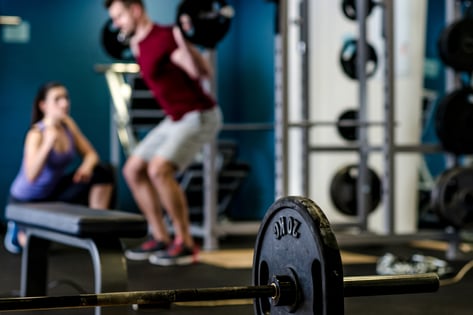 If you are an athlete, powerlifter, or just a person who loves to see progress, you might want to try out cluster set training. This is an advanced type of training designed to get you stronger faster than traditional set training.
If you are an athlete, powerlifter, or just a person who loves to see progress, you might want to try out cluster set training. This is an advanced type of training designed to get you stronger faster than traditional set training. 
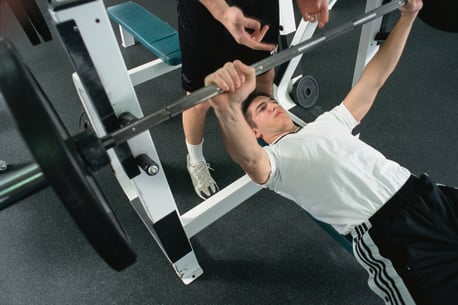 Let me ask you a question. Have you ever hit a plateau in the weight room when it comes to increasing strength? What about when it comes to increasing power output (vertical jump, short distance sprint)? Well if you have, you are not alone. I know I have hit plateaus in the past and it can definitely be frustrating when you are not able to get past it.
Let me ask you a question. Have you ever hit a plateau in the weight room when it comes to increasing strength? What about when it comes to increasing power output (vertical jump, short distance sprint)? Well if you have, you are not alone. I know I have hit plateaus in the past and it can definitely be frustrating when you are not able to get past it.
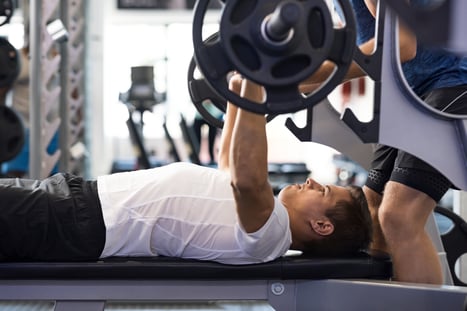 Let me ask you a question. Have you ever hit a plateau in the weight room when it comes to increasing strength? What about when it comes to increasing power output (vertical jump, short-distance sprint)? Well if you have, you are not alone. I know I have hit plateaus in the past and it can definitely be frustrating when you are not able to get past it.
Let me ask you a question. Have you ever hit a plateau in the weight room when it comes to increasing strength? What about when it comes to increasing power output (vertical jump, short-distance sprint)? Well if you have, you are not alone. I know I have hit plateaus in the past and it can definitely be frustrating when you are not able to get past it.  Recently I heard someone say something along the lines of, “That sixth-grade basketball player is ranked #1 in the country.” That got me thinking: How in the world are we ranking sixth-graders? They haven’t even gone through puberty yet!
Recently I heard someone say something along the lines of, “That sixth-grade basketball player is ranked #1 in the country.” That got me thinking: How in the world are we ranking sixth-graders? They haven’t even gone through puberty yet!  Often I ask my clients or athletes why they exercise. The most common answers that I get from them are “because I want to look better” or “for good health,” which are great reasons for sure. But what if I told you that exercise helps one of the most important organs in your body that doesn’t include any visible muscle:
Often I ask my clients or athletes why they exercise. The most common answers that I get from them are “because I want to look better” or “for good health,” which are great reasons for sure. But what if I told you that exercise helps one of the most important organs in your body that doesn’t include any visible muscle: 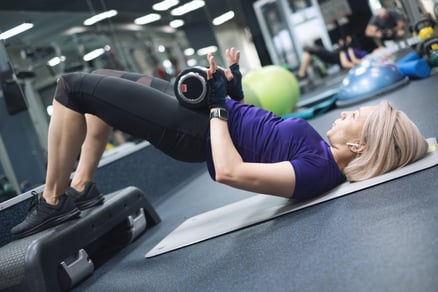 Squatting has always been the go-to exercise for those who want to make glute gains. You have probably heard someone say, “If you want to get better glutes, squatting is the way to go.” Recently, though, hip thrusters have gained momentum as the best exercise for glute development. Although, there is no concrete evidence that one is better than the other, some
Squatting has always been the go-to exercise for those who want to make glute gains. You have probably heard someone say, “If you want to get better glutes, squatting is the way to go.” Recently, though, hip thrusters have gained momentum as the best exercise for glute development. Although, there is no concrete evidence that one is better than the other, some 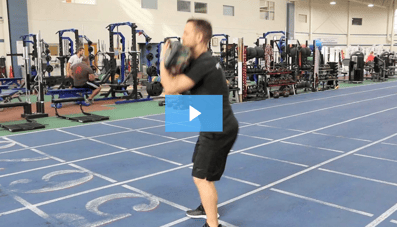
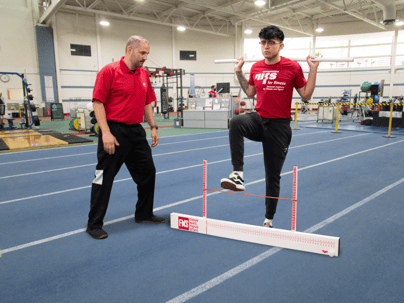
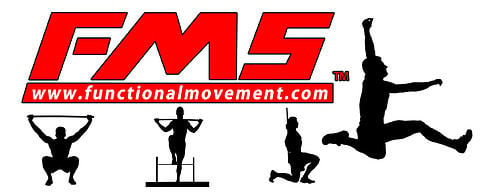
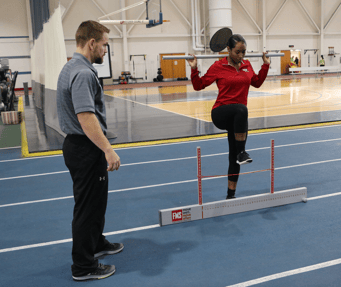
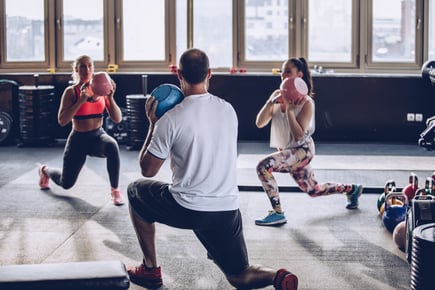 I am often asked what kind of workout program I follow, and my response is always, “I follow a program that gets me faster, stronger, and more athletic.” When people hear this, they assume that I am some kind of athlete and that they won’t be able to work out the way I do since they are not “athletes.” This is a huge misconception that I have noticed throughout the years that I have been working out. What people do not understand is that we are all athletes in our own way, and can actually train like one in order to get faster, stronger, and more athletic.
I am often asked what kind of workout program I follow, and my response is always, “I follow a program that gets me faster, stronger, and more athletic.” When people hear this, they assume that I am some kind of athlete and that they won’t be able to work out the way I do since they are not “athletes.” This is a huge misconception that I have noticed throughout the years that I have been working out. What people do not understand is that we are all athletes in our own way, and can actually train like one in order to get faster, stronger, and more athletic.